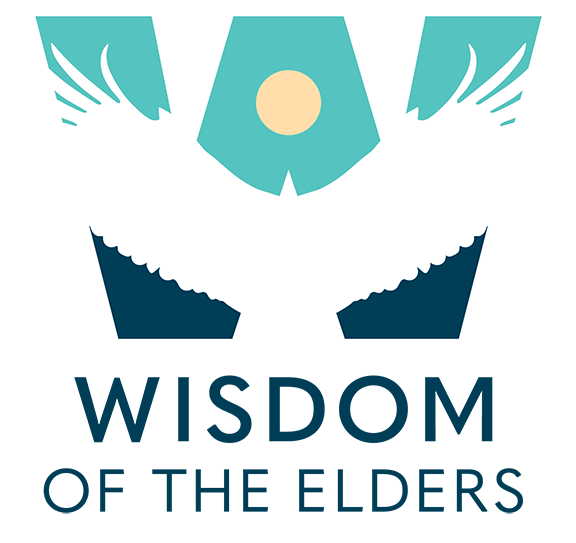Artist’s Circle: Traditional Arts of the Lemhi Shoshone
with Bruce Crespin
[audio:https://www.wisdomoftheelders.org/prog301/mp3/301_ac.mp3]Arlie Neskahi:
Among Native people in North America, the “arts” were inseparable from other aspects of everyday life. Tools, clothing, and dwellings were fashioned with great care and close attention to detail. Special effort even went into rarely seen works that were used only on ceremonial occasions. Nowadays, our society is full of things mass-produced from synthetic materials, while in contrast, Native American artisans made things from what existed already in their natural world, such as wood, stone, hide, clay, tusk and shell. Today, in Artist’s Circle, Bruce Crespin takes a look at some of the traditional cultural arts of the Lemhi Shoshone.
Bruce Crespin:
The Lemhi Shoshone, moved seasonally through changing landscapes to gather the ripening plants and natural resources at various elevations across their territory. The lifestyle of the Lemhi was a vibrant blend of Great Basin, Plateau, and Plains cultures. Although living far from the ocean, they subsisted mostly by salmon fishing. They also relied heavily on digging camas and bitterroot like neighboring Plateau tribes. They ranged through high mountainous terrain, where bighorn sheep were found. By the time of first contact, they had horses and even hunted buffalo on the Great Plains!
Everything the Lemhi Shoshone made and used reflected their environment. For example, they were renown for making highly prized bows from the horns of mountain sheep. Their power and accuracy made them ideal for hunting buffalo, antelope, and other big game. These horn bows took nearly two months to produce. The bowmaker heated the horn in hot water, softening and uncurling it. The horn was then whittled to size. Pieces were fitted together and then tightly wrapped with wet hide, becoming firmly secured when dry. Sinew was glued on the back for strength, and the bow – now about three feet long – was decorated with porcupine quills. Since they were so superbly crafted, Lemhi horn bows had high trade value in traditional tribal economies.
To support their mobile lifestyles, Northern Shoshone people made and used many sorts of containers. Willow and sumac were commonly used to weave twilled and coiled baskets of all sorts. Conical forms were for gathering and carrying burdens, while trays were for parching and also for separating seeds from hulls. The Lemhi also weaved seed beaters, berry baskets, water bottles, boiling baskets, fish traps, and baby cradles. They would even “tan” salmon skins to make fine, leathery, watertight bags.
Weaving baskets and tanning salmon skins were common practices in the old days. A few tribal members yet hold onto old salmon skin bags, and some still know how to make them. Conical burden baskets, were used for gathering and carrying plant foods and other burdens. The Lemhi Shoshone word for such baskets is pronounced “way-a”, as in the ending of the name “ Sacajawea ”. Tribal historian, Rose Ann Abrahamson:
Rose Ann Abrahamson:
A “wea” is a, is a conical basket. And this is what Sacajawea was named after. Those young people today, when they hear the word “wea”, it means that you’re, you’re carrying something of some sort. T he “wea” was in reference to that burden basket. And so when they say “sacaja”, again it’s talking to a child. “sacaja-wea”.
Bruce Crespin:
Oral and artistic traditions must be passed on, from generation to generation, to survive.
Rose Ann Abrahamson:
My mother was sharing with me how we lost that art of basketry. And she says we need to bring that art back. And that burden basket. We lose words. We lose perspectives. We forget. But fortunately there are those individuals, because they were willing to listen to their parents or grandparents, or great grandparents, or great, great grandparents. Those that were willing to listen have maintained that history.
Bruce Crespin:
Beautiful and useful items enriched the daily lives and culture of the Lemhi. Today, these works continue to be sought after and is treasured by people around the world.
For Wisdom of the Elders, I’m Bruce Crespin.

